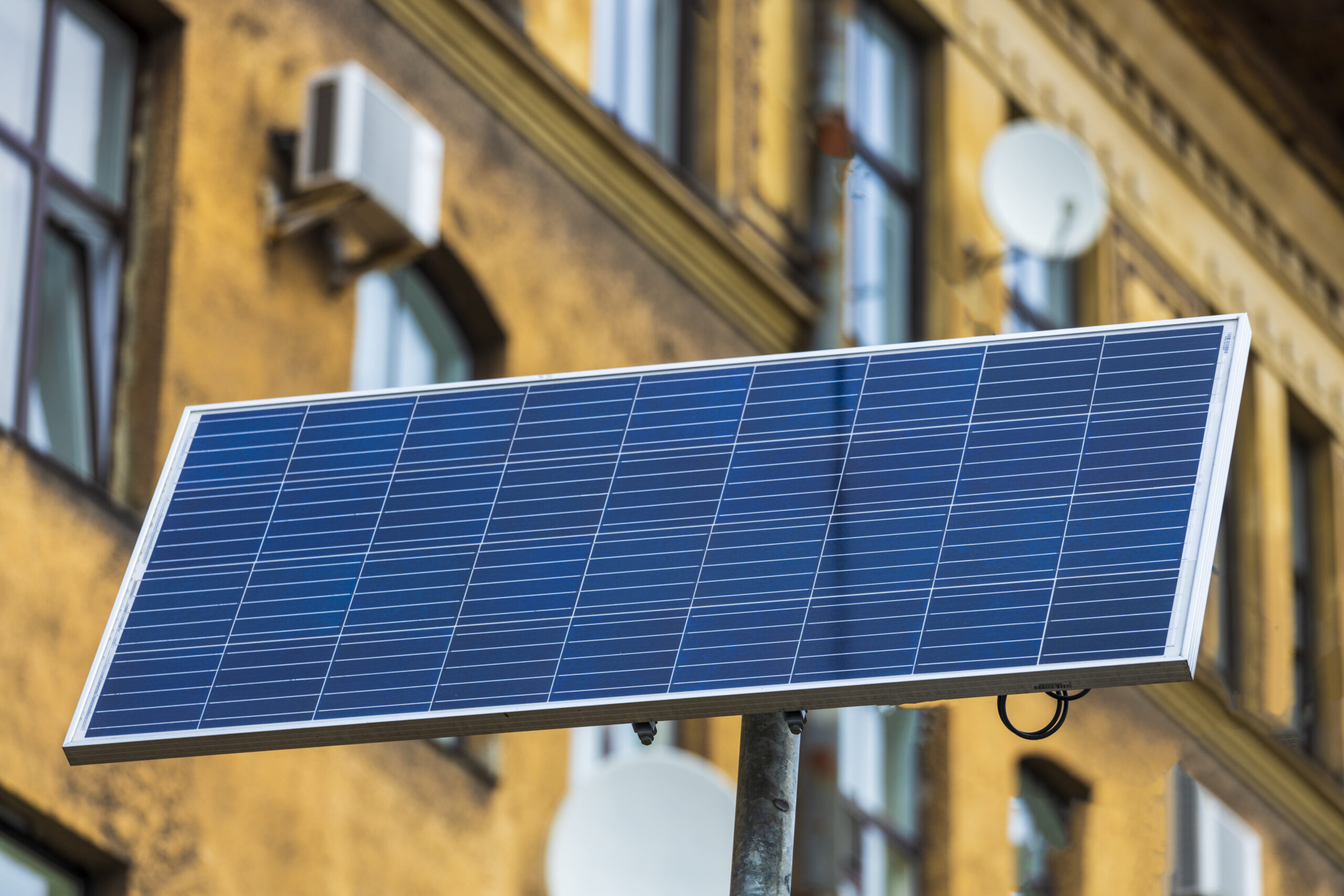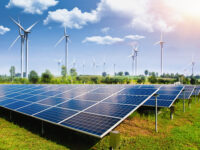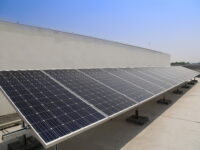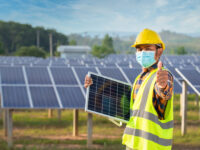Bifacial solar panels are always the goal. The more solar energy you can get out of your system, the better off you will be. They have been nearby since the 1960s, but the development of PERC (passivated emitter rear cell) has made them a big player in the solar PV marketplace. What are bifacial solar panels, and why should you think about them for your home? Find out more by reading on!
Bifacial Solar Panels – What Are They?
Monocrystalline and polycrystalline cells are two types of crystalline cells that make up solar PV panels, and they make up either one or both. There are a lot of bifacial solar panels producing with monocrystalline cells. Because monocrystalline cells are more efficient, even though they are more expensive. There are the same number of solar cells in bifacial solar panels as in mono-facial solar panels. In this case, the only thing that makes a difference is how the panel is made.
Unlike mono facial solar panels, which have an opaque back sheet, Bifacial solar have a reflective back or two panes of glass that hold the solar cells in place, exposing the solar cells to sunlight from both the front and the back so that they can get as much sunlight as possible. It means that bifacial solar are more efficient because they can get sunlight from both sides. For this reason, most of them are frameless and don’t have metal gridlines. This makes them more durable and easier to look at.
What Is A Monofacial Solar Panel, Exactly?
Most of the solar panels we put up in the UK are monofacial panels. An energy-producing monofacial module can only come from the front of the solar panels. A bifacial module can come from both sides of the solar panels.
Bifacial Solar Panels – How Do They Work?
Bilateral solar panels are the same as normal solar panels in that they work in the same way. A part of the sun is absorbed by the solar cells and turned into electricity. The glass also traps a small amount of sunlight that bounces around until it reaches a solar cell used to make electricity. Finally, some light goes right through.
Bifacial and monofacial panels aren’t the same. This is where they are different. It then has the chance to be reabsorbed by the screen. In this case, the light passes right through and hits a very reflective surface. This then bounces back to the panels, turning them into solar energy. The Bifacial solar can get more energy from the sun because they let the sunshine on both sides of the solar cells.
Bifacial Solar Panels Can Generate How Much More Energy?
Bifacial solar work best when they are near very reflective surfaces. Such as swimming pools made of glass, sand, stone, or snow. Also, places like that. Although the front of the screen still gets the most sunlight, some bifacial models can increase energy production by 30%. The extra energy that solar panels produce will depend on their environment and how much sunlight they get.
The Benefits And Drawback Of Bifacial Solar Panels
Bifacial solar is becoming more and more popular because they are both cheap and efficient. Do the benefits outweigh the drawbacks? Progressively homes and businesses install bifacial rather than monofacial panels to get more sunlight.
Bifacial Solar Panels Have Many Benefits.
An increase in inefficiency. As bifacial modules can make power from both sides of the panel, the total energy generated increases. Some manufacturers say that bifacial solar panels can produce as much as 30% more energy than monofacial solar panels, with only one side. This means that there is less space per watt, which means that more solar panels can be used to meet a home’s needs.
More Long-Term.
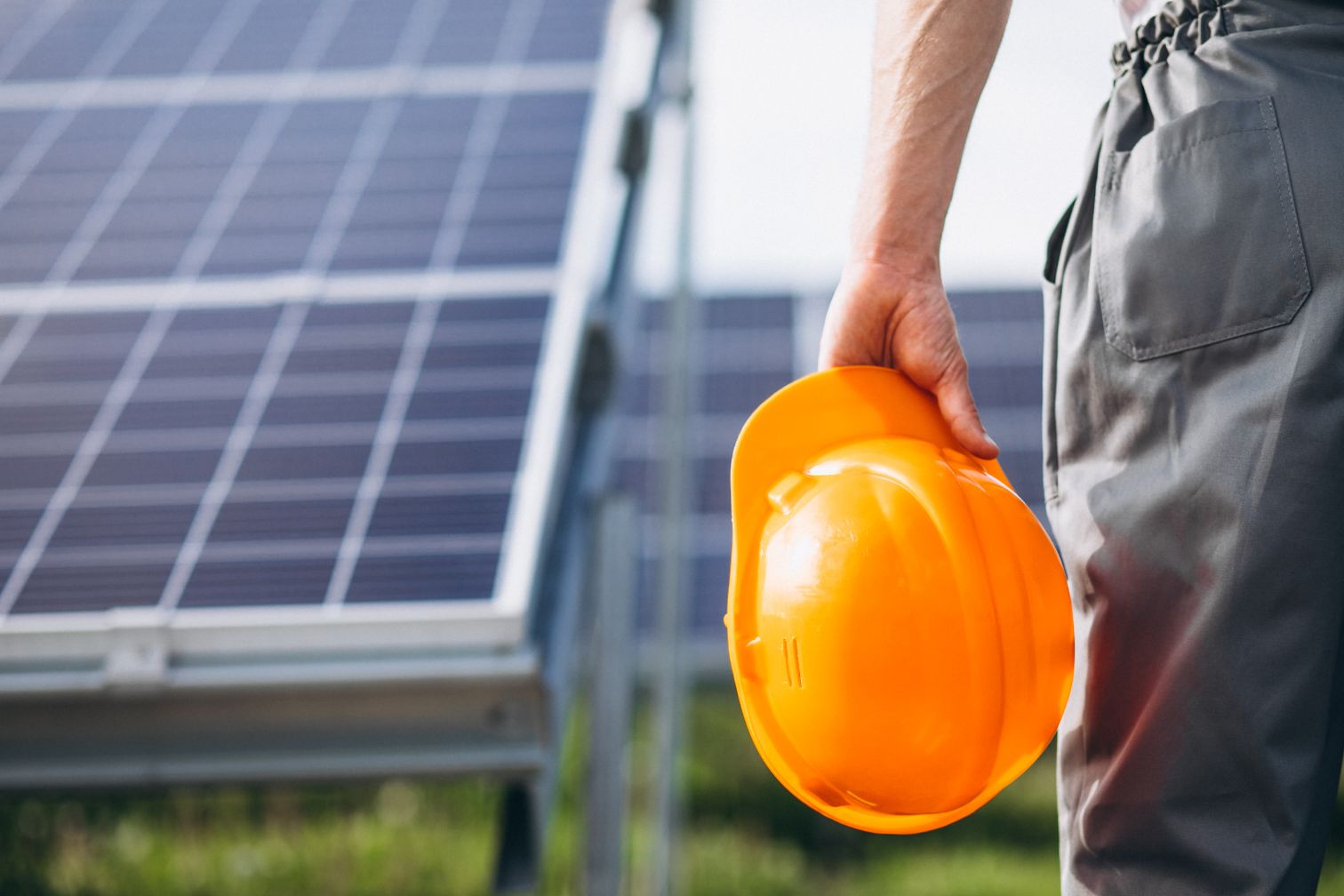
In many cases, because bi-fold doors are frameless because they’re all tempered glass on both sides, they’re more durable than other types of doors. The tempered glass is weather-resistant, UV-resistant, and can stand up to high temperatures and strong winds, so it is a good choice. Because bifacial panels are more durable, they will last longer.
Aesthetically Quite Pretty.
Bifacial modules come in a wide range of styles, including frameless. Many people think the whole glass frame looks better than monofocal solar panels.
Doesn’t work well in a lot of light.
There is also more surface area, which means that bifacial panels work better in diffused light because they have more space to work with, Being more cost-effective than monofacial panels in the long run.
Also Read:
Less PID.
A frameless bifacial panel carries less chance of its solar cells degrading because of the way they’re connects (PID). In this case, the solar panels get corroded by electrical currents that don’t go where they should. Furthermore, bifacial panels that don’t have metal frames don’t need to be grounded because there are no metal contacts outside.
Getting a longer warranty is better.
Bifacial solar panels usually come with a longer warranty of up to 30 years, but this is not always true.
Bifacial Solar Panels Can Be Bad For You.
- The first costs. They can cost up to 10% more.
- The cost of installing. It costs more to install bifacial solar panels because they are heavier and require special equipment to get all of the benefits, so the costs go up.
- People who aren’t as able So that you can truly take advantage of this deal
Can Bifacial Panels Be Used On A Roof?
To get the most out of the solar panels, they should be about four meters above the ground. This is because the above the panel is, the more light can get under them, so this is why. For this reason, bifacial solar panels aren’t likely to work well in a home. They work well in solar farms, off-grid systems, or commercially.
Fabricators Of Bifacial Solar Panel
One or two enterprises in the UK are now making solar panels with two sides, but only a few. LG, Canadian Solar, Longi, Trina Solar, and Yingli Solar are some of the current manufacturers of Bifacial solar panels. However, with more people using bifacial modules, we expect this to rise as more people use them.

